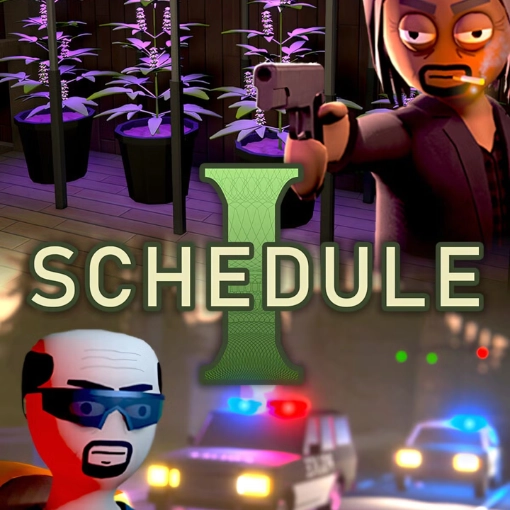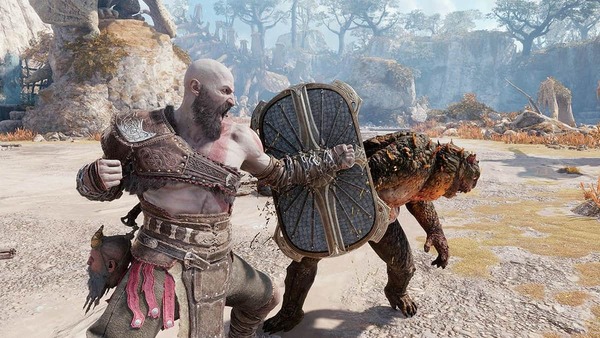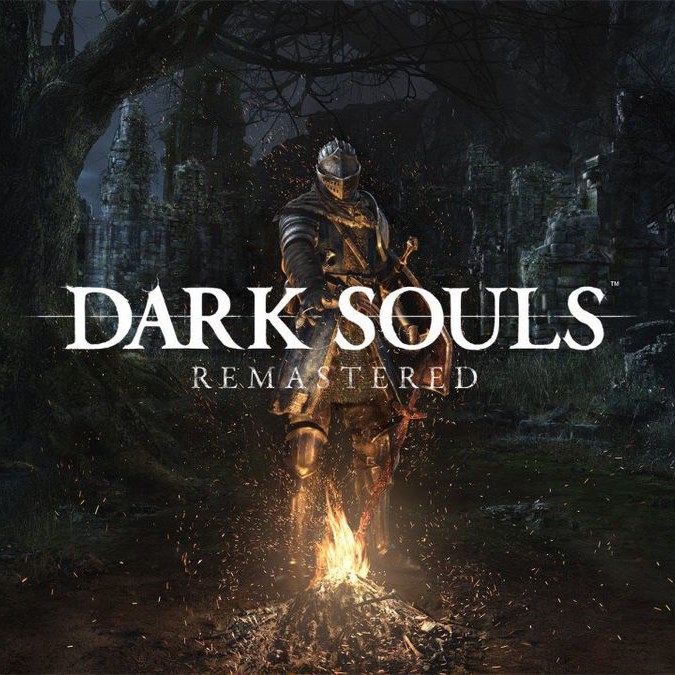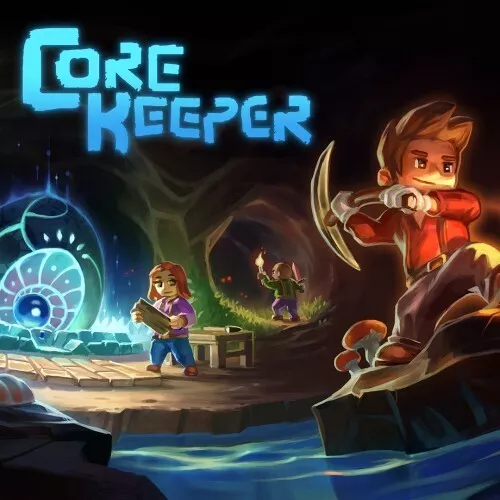
Schedule I
All trademarks belong to their respective owners.
Advertisement
Popular Now
Schedule I is making waves in the gaming world as one of 2025’s most controversial and addictive simulation-action games. Developed by TVGS, the game draws inspiration from iconic crime dramas and offers a gritty, immersive experience in building your own criminal empire. In this comprehensive Schedule I review, we explore the game's development, core mechanics, player feedback, and the many claims surrounding its features. Whether you're curious or already neck-deep in Hyland Point's underworld, this article breaks it all down.
Latest Posts
Latest Reviews
-
 Schedule I
A detailed Schedule I game review, claims, gameplay, and experience from early access to final impressions.
Read full review
Schedule I
A detailed Schedule I game review, claims, gameplay, and experience from early access to final impressions.
Read full review
-
 R.E.P.O.
Explore the R.E.P.O. review and claim process in this comprehensive guide. Learn about its features, benefits, and key details you need to know.
Read full review
R.E.P.O.
Explore the R.E.P.O. review and claim process in this comprehensive guide. Learn about its features, benefits, and key details you need to know.
Read full review
-
 Coin Master
Explore Coin Master. Learn how to claim rewards, win raids, collect cards, and build your village in this thrilling slot-based adventure.
Read full review
Coin Master
Explore Coin Master. Learn how to claim rewards, win raids, collect cards, and build your village in this thrilling slot-based adventure.
Read full review
-
 CarX Street
CarX Street combines realistic physics, open-world racing, and extensive customization, delivering an exciting experience for both casual and competitive players.
Read full review
CarX Street
CarX Street combines realistic physics, open-world racing, and extensive customization, delivering an exciting experience for both casual and competitive players.
Read full review
-
 CarX Drift Racing 3
Master the art of drifting in CarX Drift Racing 3 with realistic physics, diverse tracks, and endless customization. Challenge players worldwide today.
Read full review
CarX Drift Racing 3
Master the art of drifting in CarX Drift Racing 3 with realistic physics, diverse tracks, and endless customization. Challenge players worldwide today.
Read full review
-
 Free Fire: Winterlands
Free Fire: Winterlands offers festive maps, exclusive rewards, unique game modes, and engaging community events, delivering a magical gaming experience.
Read full review
Free Fire: Winterlands
Free Fire: Winterlands offers festive maps, exclusive rewards, unique game modes, and engaging community events, delivering a magical gaming experience.
Read full review
































